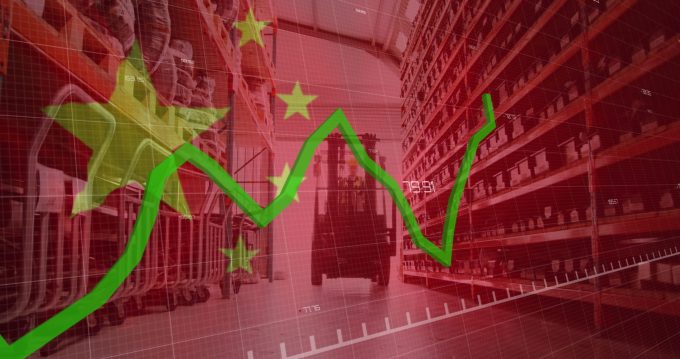CNBC: China counters Trump’s accusations of Geneva trade deal violations, says US undermining consensus
CNBC reports: China on Monday refuted Washington’s claims that it had broken the Geneva trade agreement, ...

China’s warehousing sector – in recent years one of the bright spots in its struggling economy – now appears to be another piece of the mosaic on the downturn: vacancies have jumped, sending rents down and wiping out frothy predictions of growth.
According to commercial real ...

Comment on this article